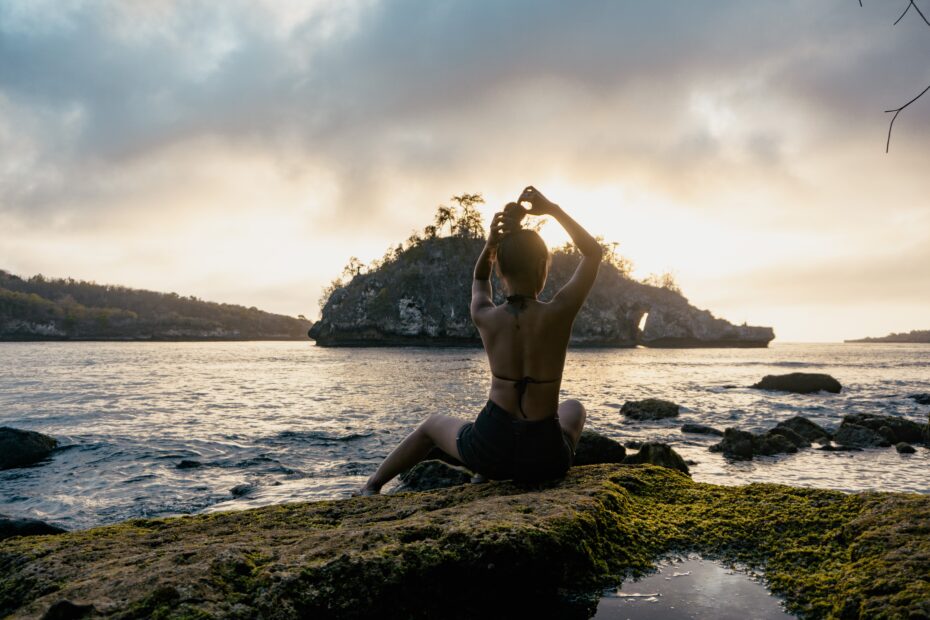The Golden Principle of Self-Compassion in Yoga Practice
Ahimsa is the first and most often cited yama of the Eight Limbs of Yoga from Patanjali’s classic Yoga Sutra, written centuries ago and considered the Bible of yoga. Ahimsa is often cited in defense of vegetarianism, pacifism, and just generally being nice to people. But in the practice of yoga, not harming yourself is just as important as not harming others. And this applies to your practice both on and off the mat.
According to Patanjali, there is a very selfish reason to practice ahimsa: so that we will not cause ourselves suffering. If you think about the concept of karma, suffering would be a natural consequence of hurting others. And when we harm ourselves, we naturally ncite self-suffering.
Ahimsa in Yoga
But what does it mean to practice ahimsa on our yoga mats?
For many of us, it means backing off and learning to let the competitive ego go. Sure, we have learned not to compare ourselves to others. A good yoga instructor will always encourage you to listen to your own body, work at your own pace, modify as you need, and keep your judging eyes off your neighbor, who very well might, as they say, be a contortionist.
Learning not to compete with ourselves is a more nuanced and difficult skill. This means not comparing today’s practice and experience to yesterday’s, not having expectations that we will always be able to match, if not beat, our previous performance. The beauty of yoga—and what connects it so closely to the art of meditation—is that it allows us to be present with ourselves in each moment, as is, without bringing in our memory of yesterday or expectation for tomorrow. This is why it’s called a practice.
How to Modify
Sometimes, practicing ahimsa on our mats means learning to modify postures to compensate for injuries, weakness or a low energy level. For instance, if the teacher (and the rest of the class) is in a hand balance such as Crow, you instead choose to take a Yoga Squat. If the rest of the class is in Downward Facing Dog, you are in Child’s Pose. If the rest of the class is extending their back leg in a Crescent Lunge, you simply drop your knee to the ground. You are still doing the pose; you’re simply altering it to suit your own needs in the moment.
Modifying poses means that you stay in the rhythm of the class, but that within that sequence of prescribed asanas, you choose the level that is right for you, in this moment.
How to Take a Break and Still Stay Present
It can sometimes be tempting to run screaming from the yoga room, especially if it’s hot, the postures are hard, or your internal struggle starts to get the better of you. These are the times when we are tempted to just get out. The lure of the water fountain or the bathroom or the cool lobby calls us.
A more progressive way to take a break and still stay present? Stay on your mat, but come into a Child’s Pose, Savasana or Hanging Forward Bend. Slow down your breath, close your eyes, allow your heart rate to steady, and simply witness the struggle in your mind. This is yoga.
An Advanced Yogi Practices Ahimsa
Once we’ve learned to practice ahimsa and compassion with ourselves, and to let go of our messy egos and their expectations, then—congratulations—we’ve become true yogis. The mark of an advanced yogi is not that he or she can wrap his leg behind his head. It’s that he treats his body as the valuable temple that houses his mind and spirit.
In Yoga Sutra, Patanjali places ahimsa ahead of all the other yamas, including asana (yoga poses). This is not mistake. Ahimsa is the most important of all the yamas.
